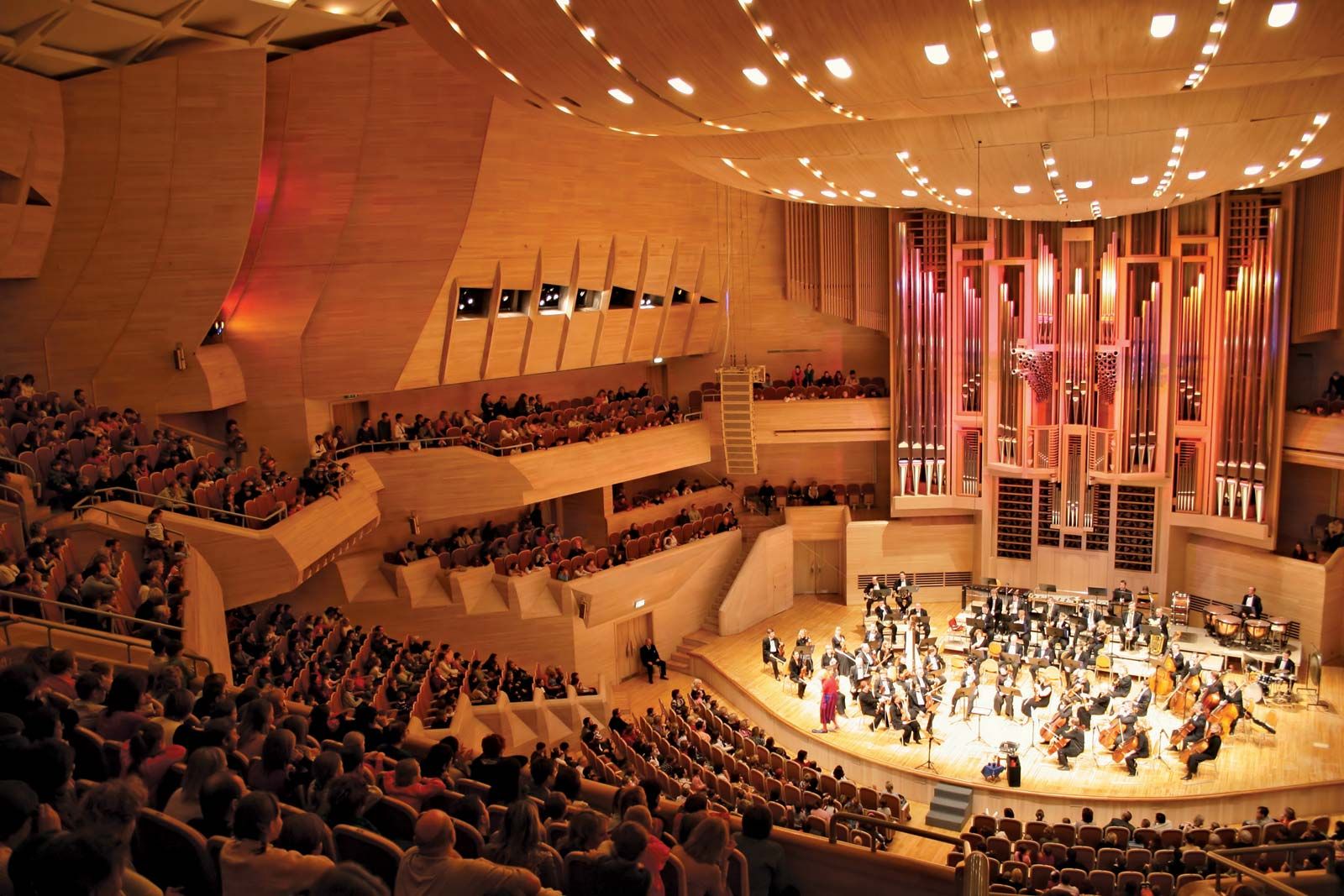
Symphony orchestras have enchanted audiences for centuries, blending various instruments into harmonious masterpieces. But what makes these musical giants so captivating? Symphony orchestras are not just about the music; they are about the stories, traditions, and fascinating facts that surround them. For instance, did you know that the largest symphony orchestra ever assembled had over 8,000 musicians? Or that the youngest conductor to lead a professional orchestra was just 11 years old? From the origins of the symphony to the unique instruments used, there’s a treasure trove of intriguing details waiting to be uncovered. Whether you're a seasoned concertgoer or a curious newcomer, these 25 facts will deepen your appreciation for the world of symphony orchestras. Ready to dive in? Let’s explore the magic behind the music!
The Origins of Symphony
Symphonies have a rich history that spans centuries. Let's dive into some fascinating facts about their origins.
- The word "symphony" comes from the Greek word "symphonia," meaning "agreement or concord of sound."
- Symphonies began to take shape during the Classical period (1750-1820).
- Joseph Haydn, often called the "Father of the Symphony," composed 104 symphonies.
- The earliest symphonies were typically three movements, but later expanded to four.
- The first movement of a symphony is usually in sonata form, featuring an exposition, development, and recapitulation.
Famous Symphony Composers
Many composers have left their mark on the world of symphonies. Here are some notable names and their contributions.
- Ludwig van Beethoven composed nine symphonies, with his Ninth Symphony being one of the most famous.
- Wolfgang Amadeus Mozart wrote 41 symphonies, showcasing his incredible versatility.
- Gustav Mahler's symphonies are known for their length and complexity, with his Symphony No. 8 nicknamed the "Symphony of a Thousand."
- Pyotr Ilyich Tchaikovsky's Symphony No. 6, the "Pathétique," is renowned for its emotional depth.
- Johannes Brahms took 21 years to complete his first symphony, often referred to as "Beethoven's Tenth."
Structure and Elements of a Symphony
Understanding the structure of a symphony can enhance your appreciation of this musical form. Here are some key elements.
- A typical symphony consists of four movements: fast, slow, dance-like, and fast again.
- The second movement often features a lyrical and slower tempo, providing contrast.
- The third movement is usually a minuet or scherzo, offering a lighter, dance-like feel.
- The final movement often brings the symphony to a dramatic and energetic conclusion.
- Symphonies often employ a large orchestra, including strings, woodwinds, brass, and percussion.
Iconic Symphony Performances
Certain performances have become legendary in the world of symphonies. Here are some that stand out.
- Leonard Bernstein's performance of Beethoven's Ninth Symphony at the fall of the Berlin Wall in 1989 is iconic.
- The premiere of Igor Stravinsky's "The Rite of Spring" in 1913 caused a riot due to its avant-garde nature.
- Herbert von Karajan's recordings with the Berlin Philharmonic are considered some of the best interpretations of classical symphonies.
- The Vienna Philharmonic's annual New Year's Concert features symphonic music and is broadcast worldwide.
- Gustavo Dudamel's energetic conducting style has brought new life to symphony performances.
Fun and Surprising Symphony Facts
Symphonies aren't just about serious music; there are some fun and surprising facts too.
- Beethoven continued to compose symphonies even after becoming completely deaf.
- The longest symphony ever written is Havergal Brian's Symphony No. 1, "The Gothic," which lasts over two hours.
- Some symphonies have been used in popular culture, like Beethoven's Symphony No. 7 in the movie "The King's Speech."
- The "Surprise Symphony" by Haydn includes a sudden loud chord to wake up the audience.
- The "Toy Symphony," attributed to Leopold Mozart, features toy instruments like a rattle and a cuckoo.
Symphonies have evolved over time, but their ability to move and inspire remains unchanged. Whether you're a seasoned listener or new to the genre, there's always something new to learn and appreciate about these magnificent works.
The Final Note
Symphonies have a rich history and a profound impact on music lovers worldwide. From their origins in the 18th century to their evolution into complex masterpieces, symphonies have captivated audiences with their emotional depth and technical brilliance. Composers like Beethoven, Mozart, and Mahler pushed the boundaries of what symphonies could achieve, creating timeless works that continue to inspire.
Understanding the structure of a symphony, with its multiple movements and intricate arrangements, enhances the listening experience. Each movement tells a story, taking listeners on a journey through various moods and themes. Whether you're a seasoned concertgoer or new to classical music, exploring symphonies offers a deeper appreciation for this art form.
So next time you listen to a symphony, remember the history, the genius of the composers, and the emotional journey each piece represents. Enjoy the music!
Was this page helpful?
Our commitment to delivering trustworthy and engaging content is at the heart of what we do. Each fact on our site is contributed by real users like you, bringing a wealth of diverse insights and information. To ensure the highest standards of accuracy and reliability, our dedicated editors meticulously review each submission. This process guarantees that the facts we share are not only fascinating but also credible. Trust in our commitment to quality and authenticity as you explore and learn with us.
